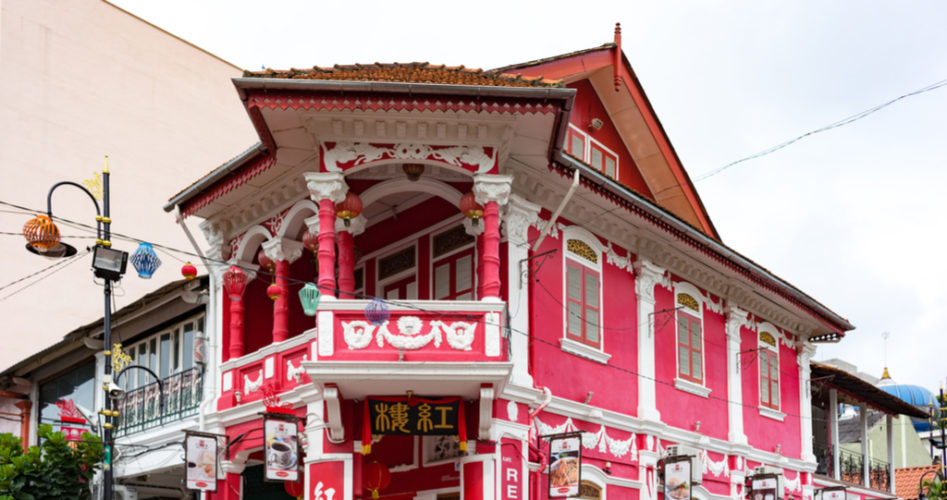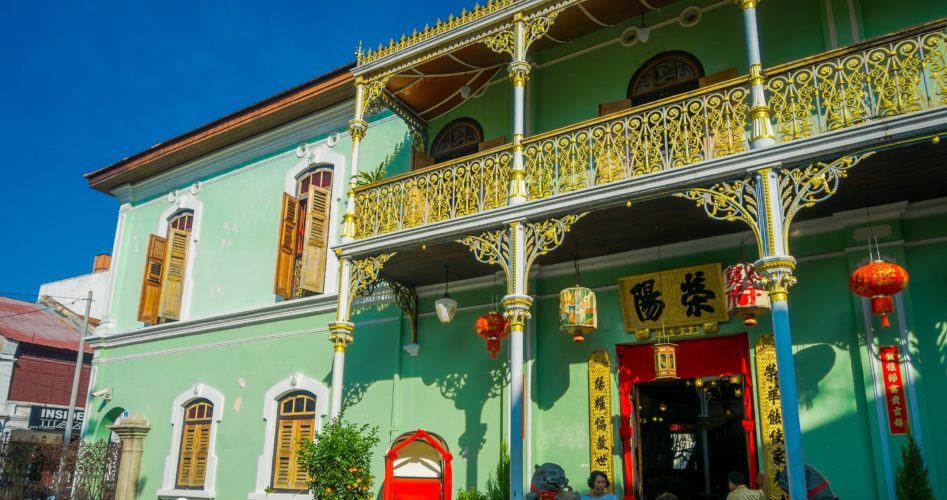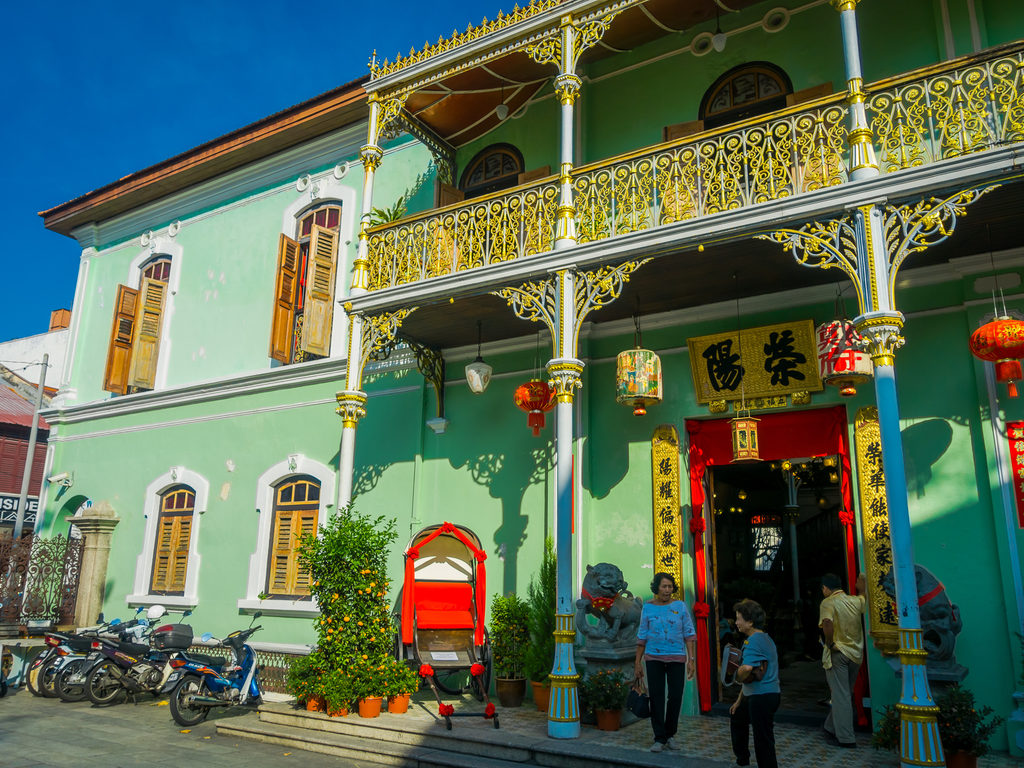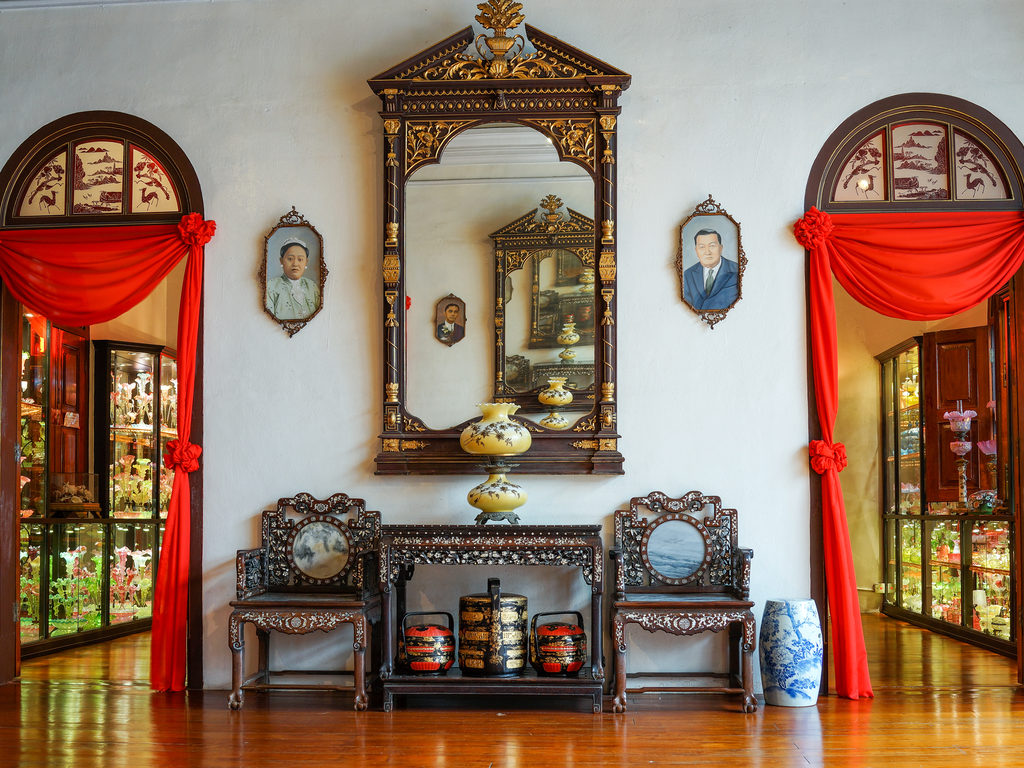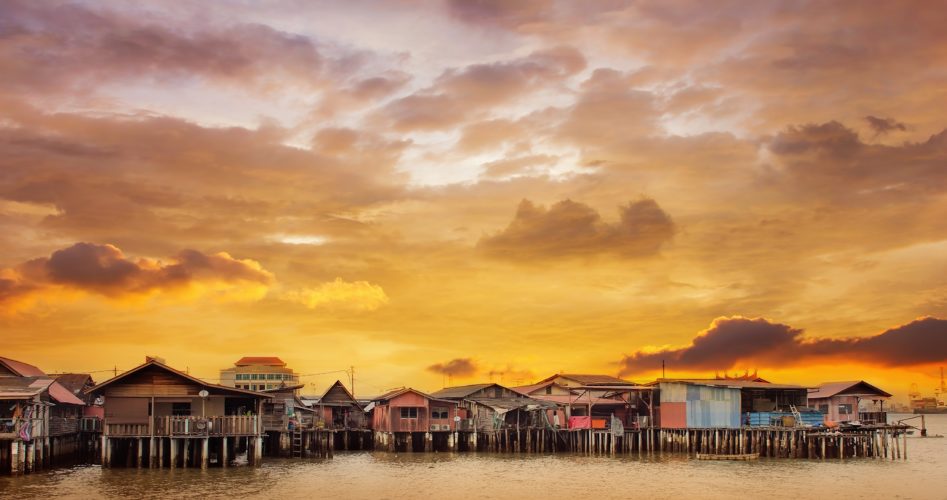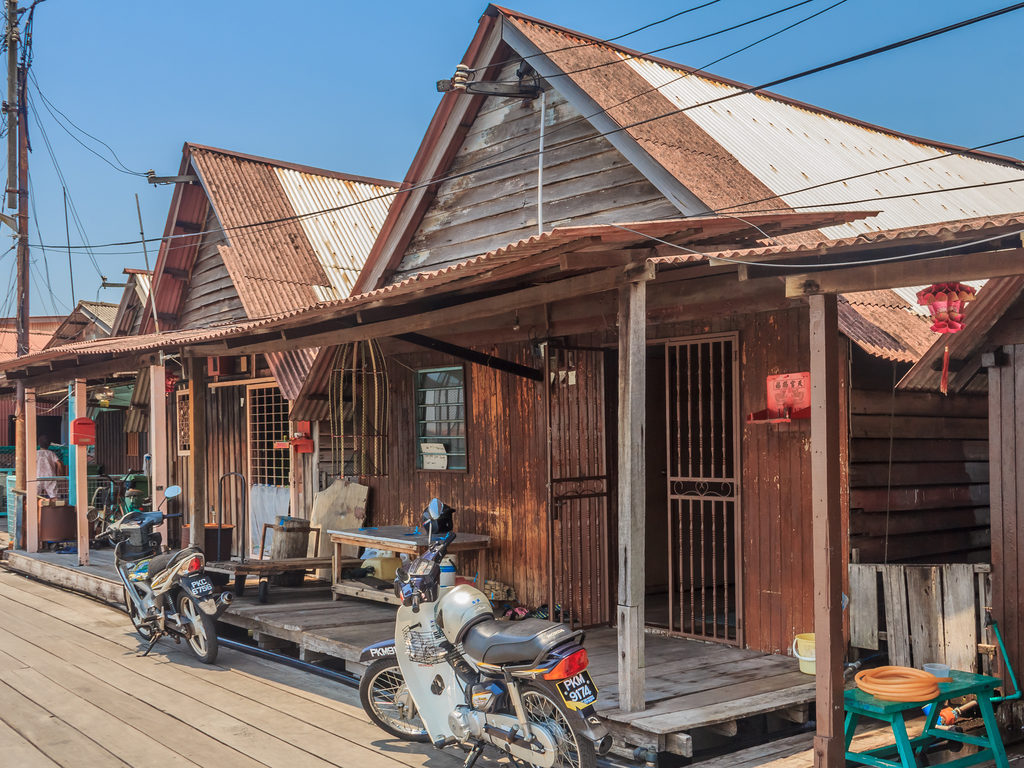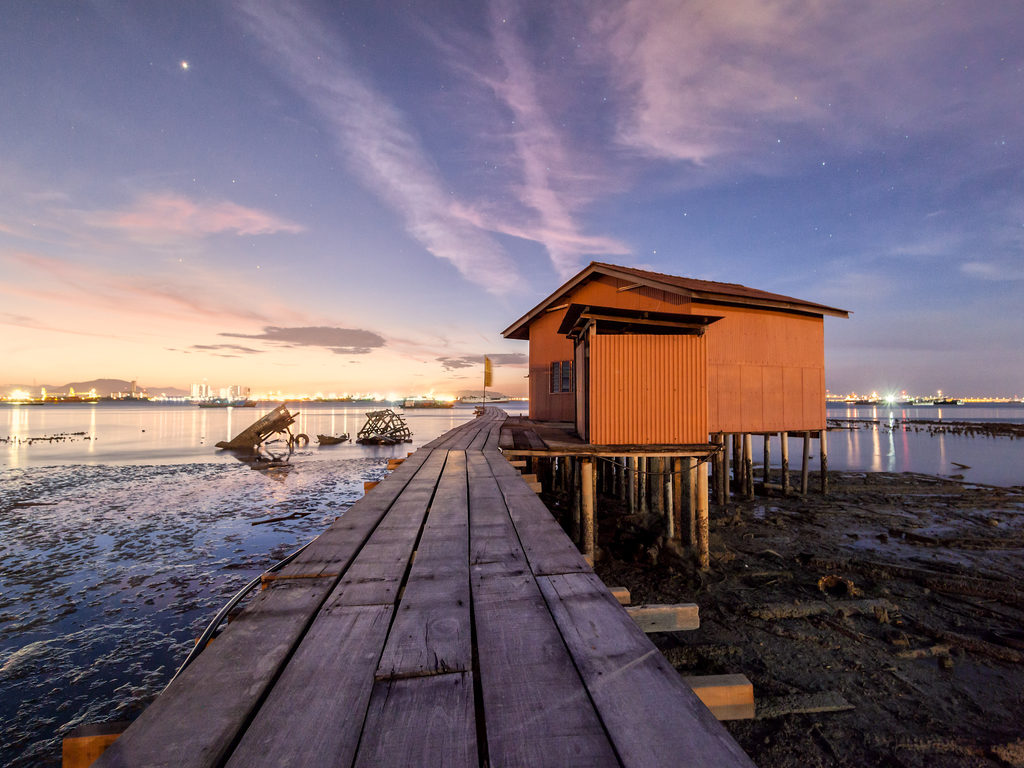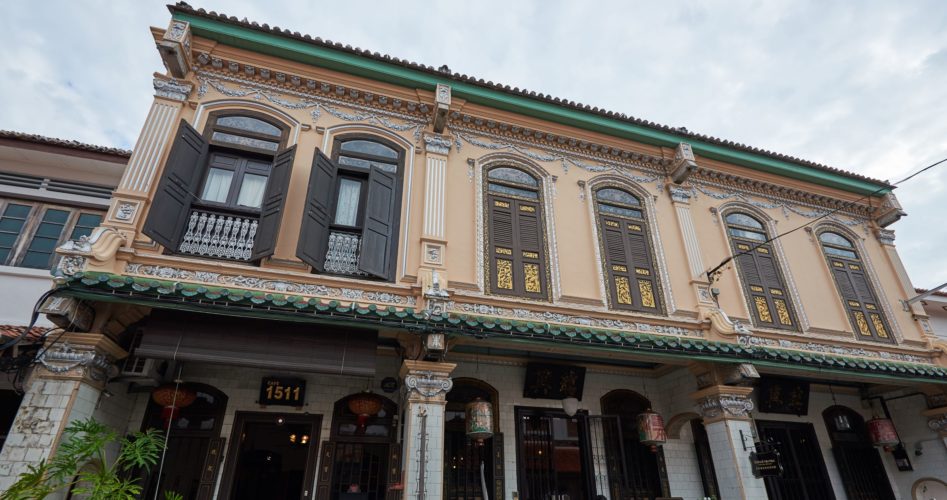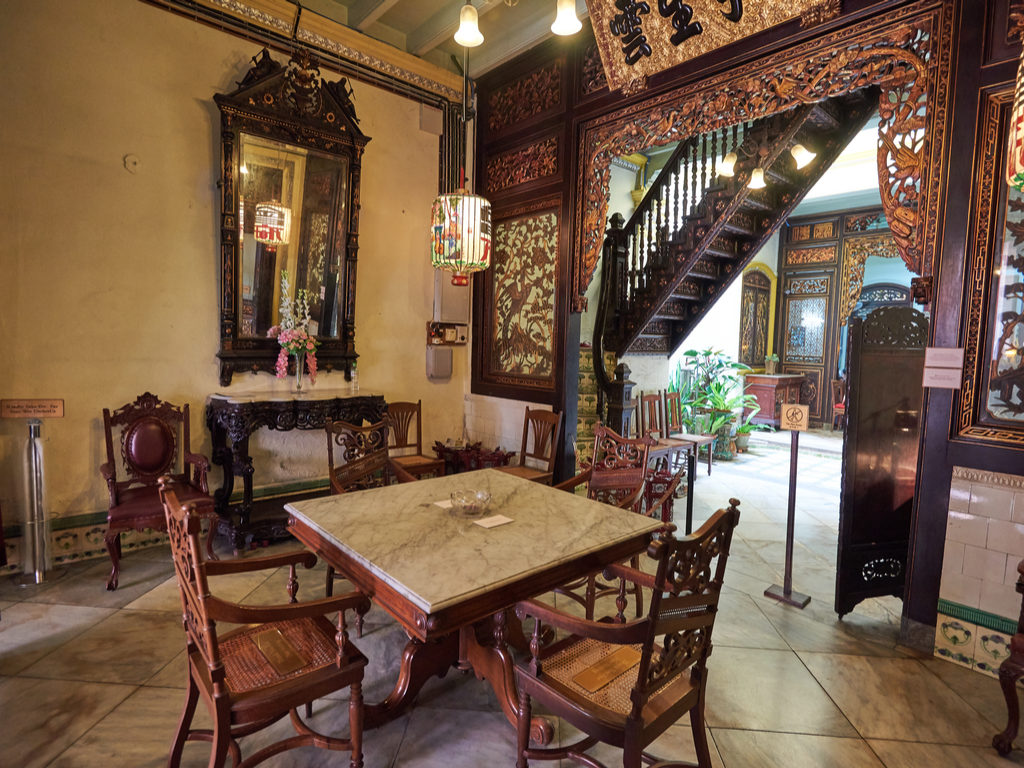As you explore the city of Johor Bahru, make sure to keep a day alone to explore Johor Bahru’s old town. The town is well known for its famous food stalls and buildings of the past. You can spend a whole day walking and still not feel like you have seen it all at the end of the day.
Lined with several buildings that hold stories from the past, Johor Bahru’s Old Town reflects the Chinese and Indian Heritage. They seem to possess a greater influence on the town of Johor. Visited by both locals and tourists likewise for the local and authentic food options available, the town is a foodie’s paradise.
Things to do at Johor Bahru town
Meanwhile, on your stroll through the neighbourhood, find yourself paying attention to multiple things at the same. The vintage buildings, the street side souvenir shops and the food stalls selling mouthwatering dishes at every street corner.
Starting at the city square, make your way to the end. Walk through the lanes clicking pictures of the murals that decorate the city walls or the heritage buildings. These buildings still keep the rich past of the city alive. The famous Red House remains a perfect example for the people to remember the past. Thus, if lucky, you may even get to walk into the red house for an art or culture display.
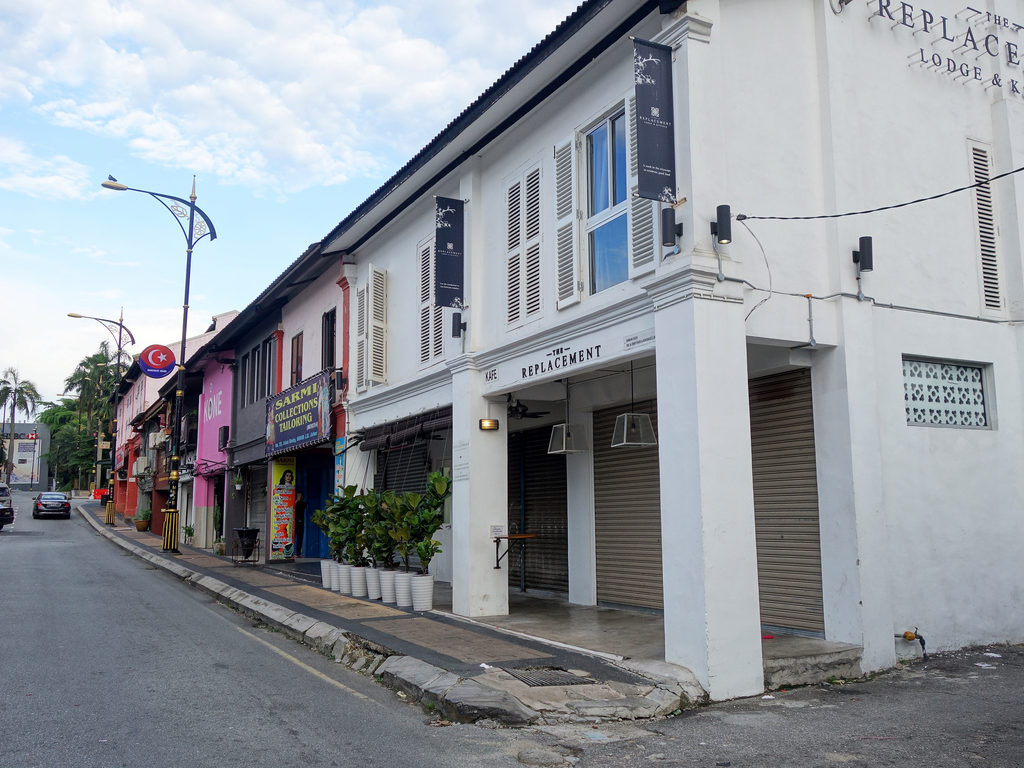
The best way to tour the old town of Johor Bahru is probably with a local guide. With Locaguide, you can not only build a customised itinerary, but you can also opt for a guided tour. Your guide will help you select the restaurants and bakeries to eat from and share anecdotes from the old city. Spend time with the hidden art murals on the walls and try working on your photographic skills.
0
